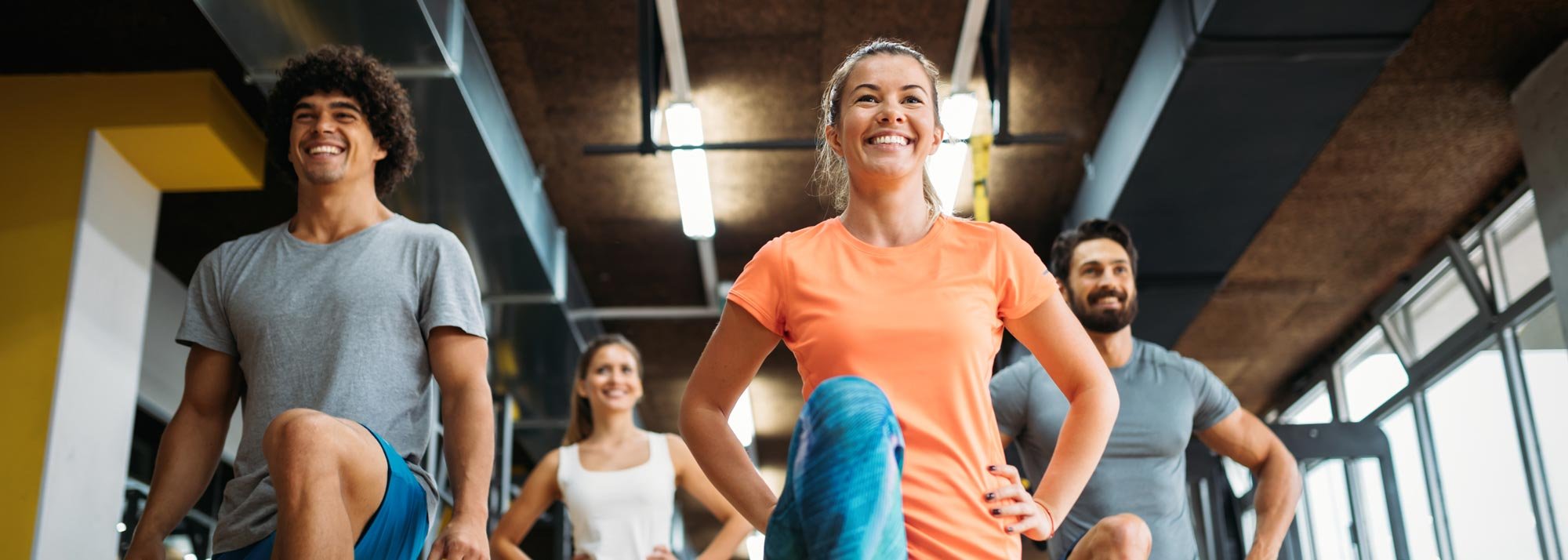Keeping active in your later years comes as something of a challenge. After all, most elders have worked all their lives and now look at this period in their lives as a well-earned time to relax. According to statistics, only 35 – 44% of adults 75 years or older are physically active, and 28-34% of adults ages 65-74 are physically active.
It can be fun
Exercise and movement in later years do not have to be a chore, rather, they can be a pleasurable activity to look forward to. Many benefits can be gained from maintaining consistent physical activity. These benefits can include not only overall maintenance and improvement of health but, especially when engaging in group activities, can also lead to more social connectedness and a better sense of belonging to a community.
It can improve health
Participation in physical activity can have the beneficial effect of improving overall physical health. In many cases, it can increase overall health and even possibly extend life expectancy. For instance, endurance and strength training can help to maintain and improve heart function and lower other risk factors of aging.
It can reduce risk of falls
Older people are generally at greater risk of injury from falls. Physical activity can help reduce the risk of falls in older adults by helping offset the loss of strength and muscle and by improving balance. Regular exercise has also been shown to improve bone health and increase flexibility and range of motion.
It can improve mental well-being
The effects of regular physical activity on a senior's mental state should also not be overlooked. There is scientific evidence to suggest that regular exercise can help to preserve brain function, allowing for greater personal control and self-sufficiency. As with all age groups, physical activity can also help to keep depression and depressive behaviors at bay.
It offers a variety of activities
People of all ages should be encouraged to engage in physical activity. This can consist of a variety of pastimes, such as walking, gardening, and stretching, as well as senior workout classes. Ideally, an exercise program should include aerobic exercise, muscle strengthening exercises, and flexibility exercises. However, as with any exercise program, you should consult with your medical professional before getting started on any new physical activities.
The importance of physical activity for seniors can not be understated. Regular, consistent activity contributes to a more healthy and independent lifestyle which in turn improves seniors' overall quality of life.

